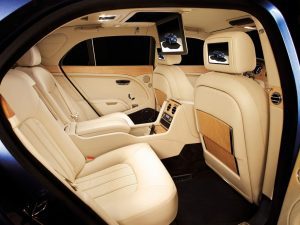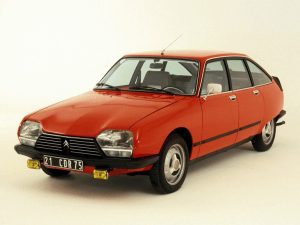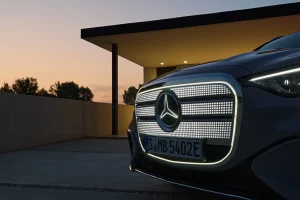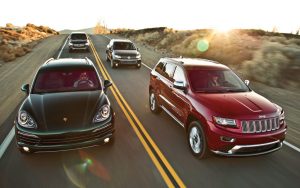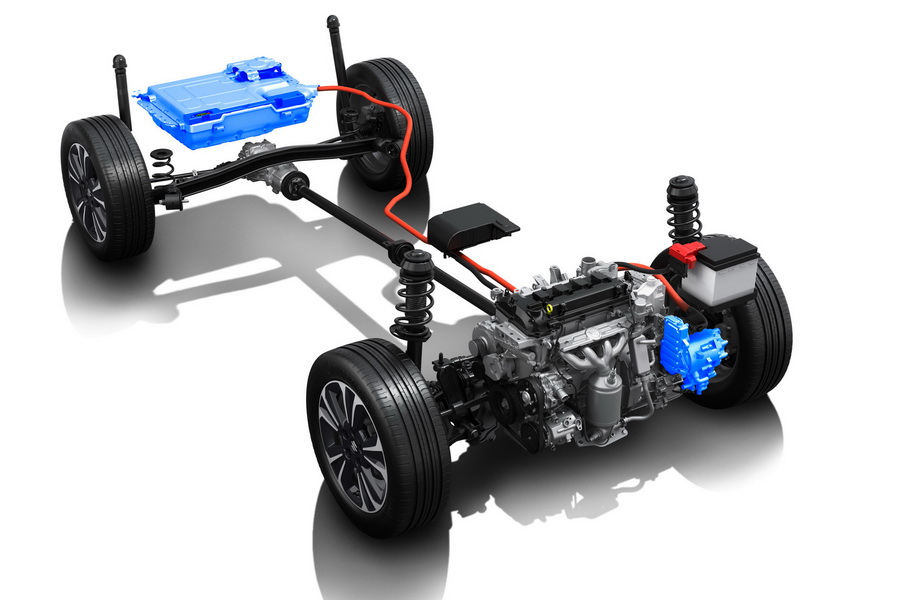
Hybrid cars are becoming an increasingly common sight on the roads today. When people think of hybrids, many still associate the term with the Toyota Prius, but nowadays almost every manufacturer has at least one hybrid model in their lineup. But how exactly do these powertrains that combine two worlds — the traditional internal combustion engine and the electric motor — actually work?
At first glance, combining two different technologies might seem like a recipe for complexity. Interestingly, however, hybrid systems are fundamentally quite simple. They are designed to merge the strengths of both systems — the power and range of an internal combustion engine with the efficiency and environmental friendliness of electric motors.
Basically, hybrid vehicles combine two sources of power: a gasoline (or diesel) engine and an electric motor. Depending on how these systems are connected, we can categorize hybrids into different types — series, parallel, and plug-in hybrids.
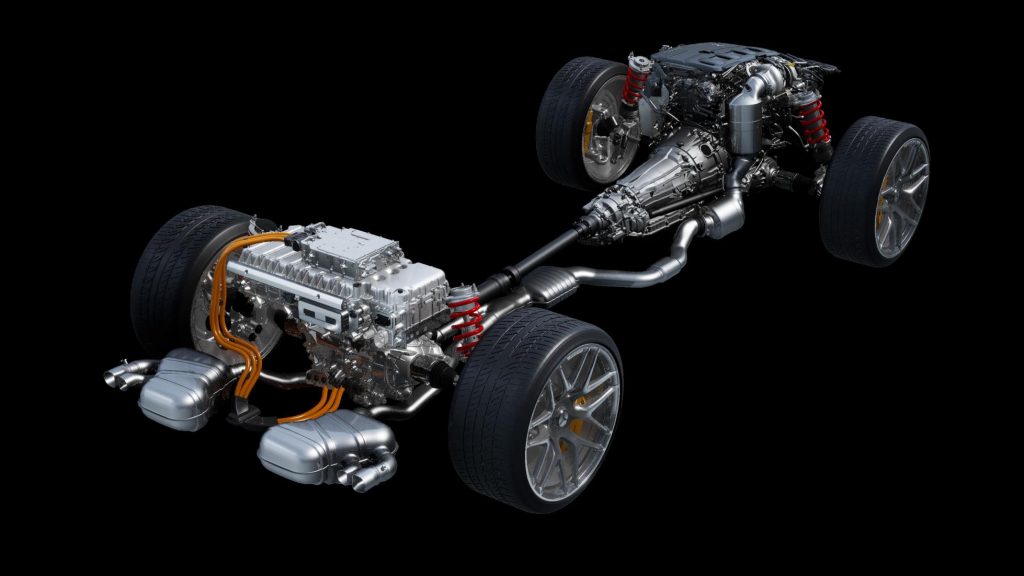
Series Hybrids – In this setup, the internal combustion engine doesn’t directly drive the wheels. Instead, it acts as a generator, producing electricity that powers the electric motor. In this system, it’s the electric motor that actually drives the car. An example is the BMW i3 with REx (Range Extender), which uses this approach.
Parallel Hybrids – In this case, both the electric motor and the internal combustion engine can power the wheels, though not necessarily at the same time. The internal combustion engine usually takes over at higher speeds, while the electric motor assists at lower speeds or when extra power is needed. The Toyota Prius uses this system, allowing you to drive on electric power in city traffic and switch to gasoline on the highway.
Plug-in Hybrids – These hybrids allow you to charge the battery via an external power source, such as a home socket or public charging station. They offer a longer electric-only range, so in many situations you can drive solely on electricity without using the combustion engine at all. Once the battery is depleted, the vehicle switches to a traditional hybrid driving mode. The Mitsubishi Outlander PHEV is one of the more popular plug-in hybrids on the market.
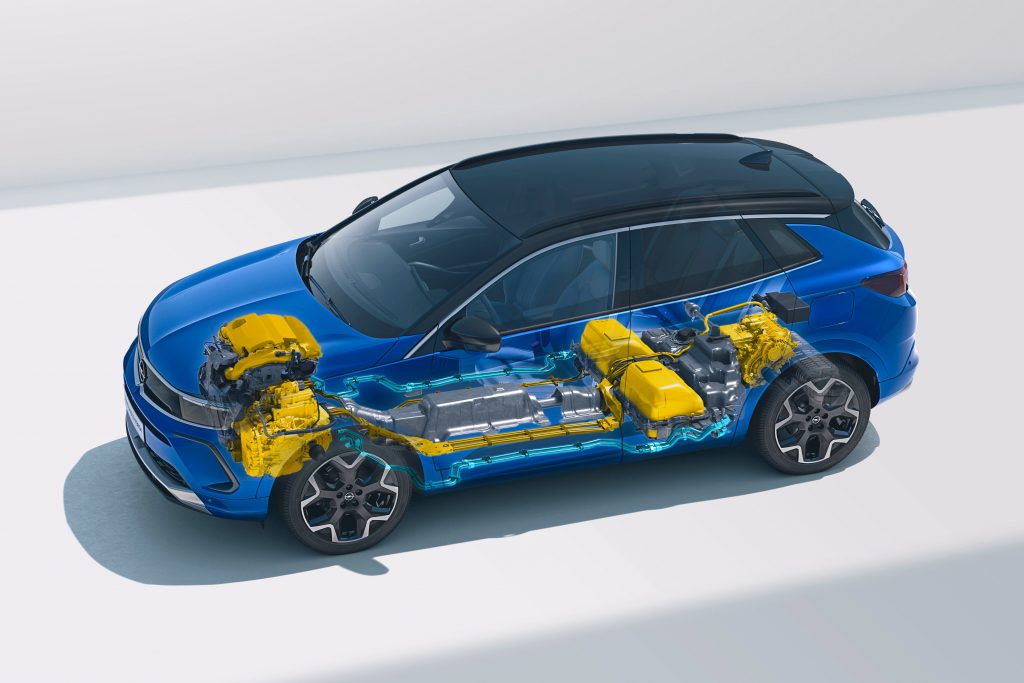
How Does It All Work in Reality?
On paper, this all sounds fairly straightforward, but how does it translate to real-world driving? Well, in urban traffic, with frequent stops and starts, hybrid systems really shine. When you stop at a traffic light, the internal combustion engine often shuts off, and when you start moving again, the electric motor quietly takes over. This means less fuel consumption, lower emissions, and a smoother driving experience — without that engine “shudder” you feel in regular cars while idling.
Drivers who sit behind the wheel of a hybrid for the first time often have the same reaction: “Amazingly quiet!” And it’s true — even when working alongside the combustion engine, the electric motor offers quieter and smoother operation. There’s none of the loud, gruff engine noise you expect when pressing the gas pedal in a regular car.
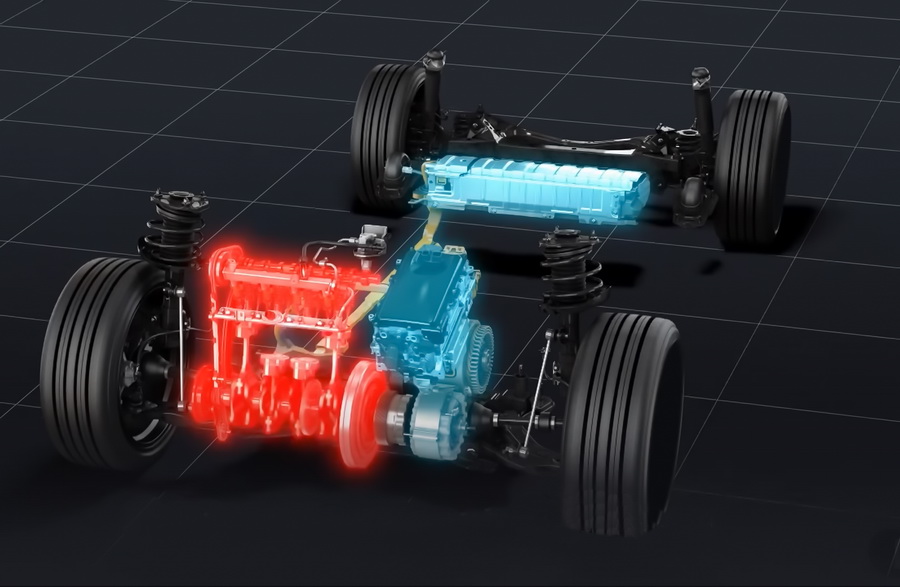
Fuel Consumption in Hybrids
The biggest advantage of hybrid systems is fuel savings. When driving in the city, the hybrid system utilizes the electric motor for slow driving and short accelerations. On open roads, where more power is needed, the internal combustion engine kicks in, and the electric motor occasionally assists during acceleration or overtaking.
Of course, how much you’ll actually save depends on your driving habits. If you spend most of your time in city traffic, you can expect significant savings. But if you mostly drive on highways, fuel consumption will be closer to that of conventional gasoline vehicles, since the internal combustion engine will be doing most of the work.
Hybrids are a great transitional step between traditional cars and fully electric vehicles. They offer drivers the benefits of both technologies without requiring a full commitment to electric propulsion. For those not yet ready to embrace EVs — due to charging infrastructure issues or limited range — hybrids offer the best of both worlds.
However, the question of long-term durability still remains. The electric components of hybrids, such as batteries, have a limited lifespan and may require replacement after several years, which can be a significant financial expense. But if we consider the overall benefits — reduced emissions, lower fuel consumption, and a more comfortable ride — are hybrids really a step in the right direction? That’s the question we continue to ask.
